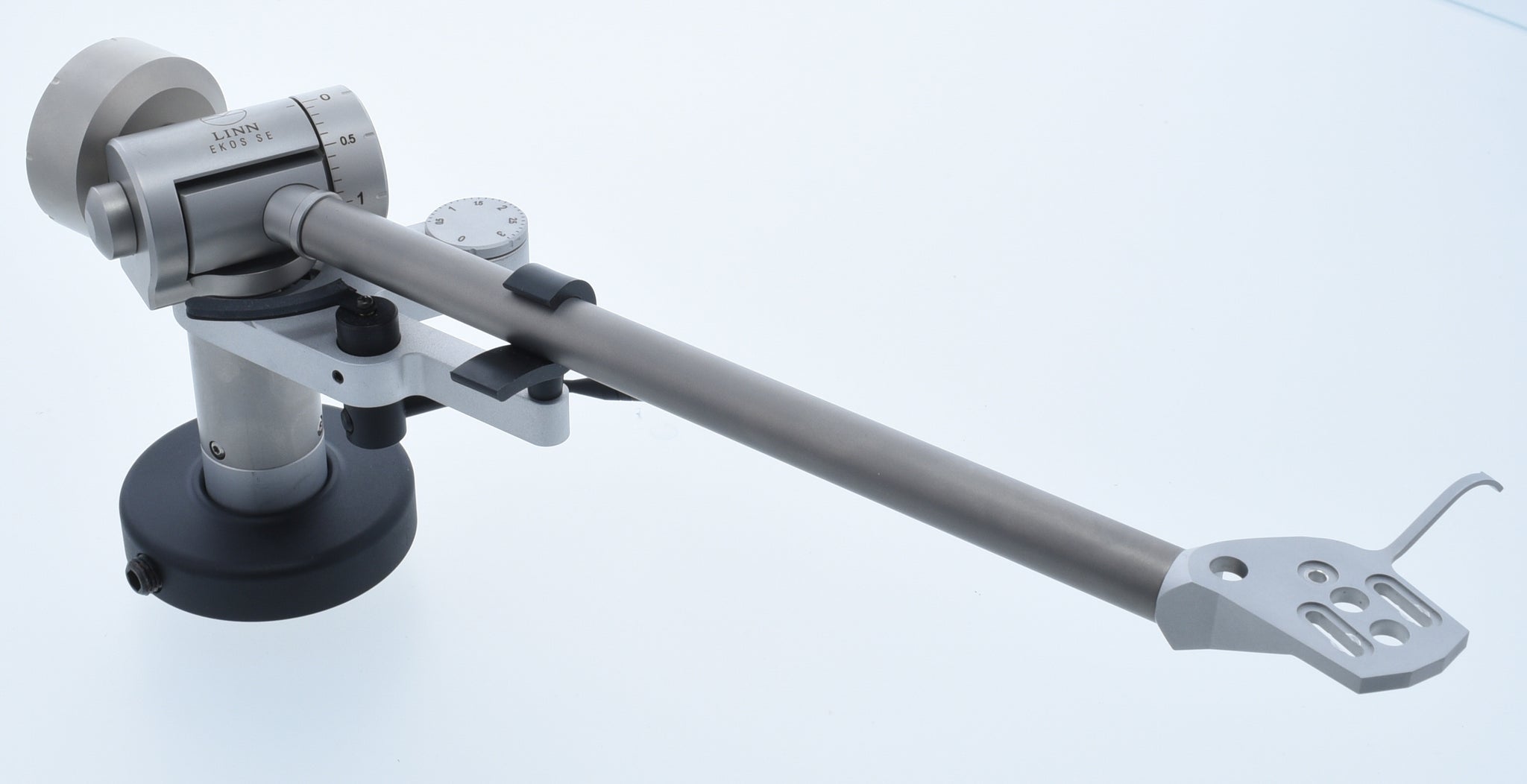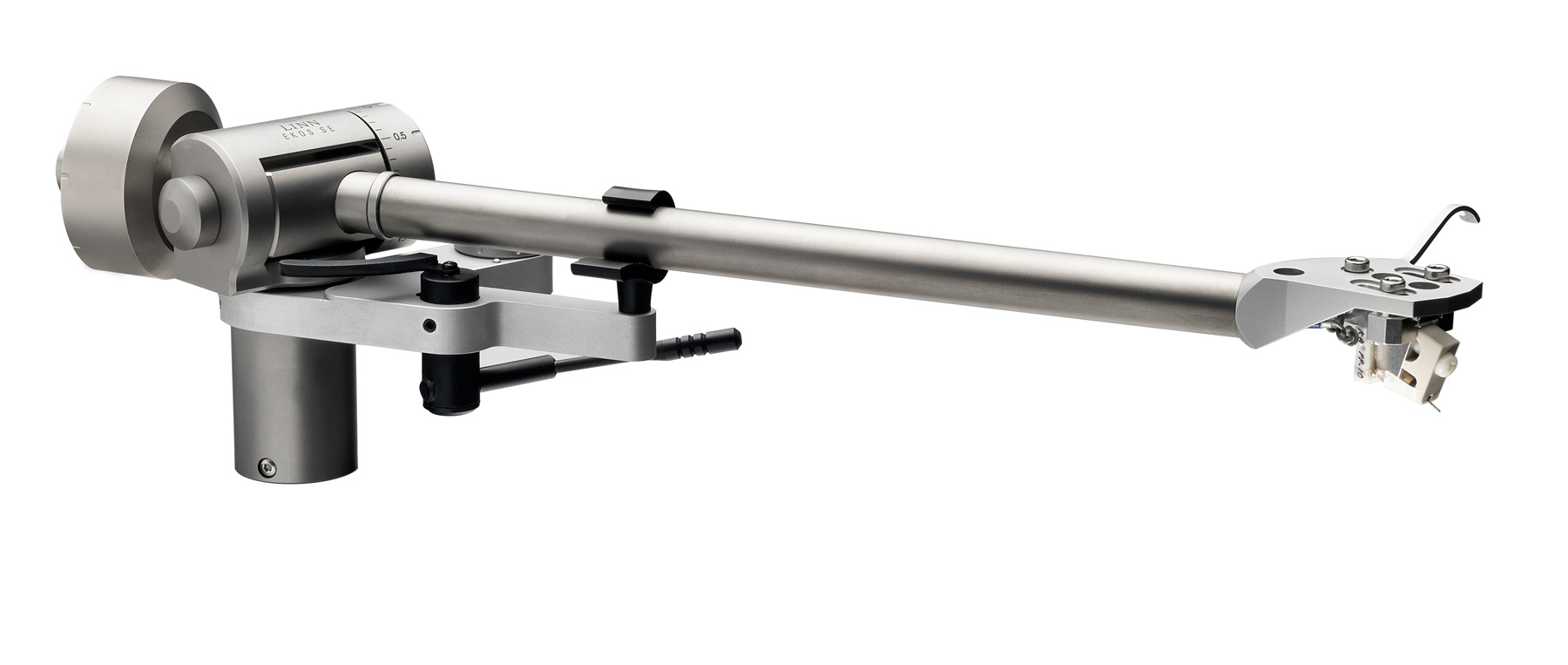

Finally, low frequencies were even tighter in quality than with the Ittok-and you know how I feel about that aspect of reproduction.
#Linn ekos se vs sme v generator#
The Ekos gives the cartridge a more stable platform against which its generator can referenced. The Ittok is already pretty good at allowing styli to stay in contact with the groove walls, but there was just that bit better sense of security at climaxes involving boys' voices, for example. Third, the Troika seemed to track better in the Ekos than in the Ittok.
#Linn ekos se vs sme v plus#
Plus on the Linn, the Ekos bass was considerably tighter, better defined in time, than with the SME when mounted on the Linn. But, oh, the music! Wherever this arm does have its first resonance (and Martin Colloms will be writing a technical follow-up to this review in the near future), it certainly sounds to be above the critical midrange where it will be excited by such an overcooked vocal recording as this one. And yes, you hear that her mike was a piece of cardioid garbage. I had exactly the same experience with the Ekos with Amazing Grace. But those facts could now be duly noted and ignored. Her voice was still too loud, and was still colored. It was just this recording that proved to me the excellence of the SME V, for example. If I can stand to play it loud, therefore, without being driven from the room by the quality of Aretha's voice, I know that something good is happening. This recording is therefore a great acid test-the gross levels of midrange energy excite just about every resonance in the audio chain. I can only assume that Aretha was so overawed by the track record of two of Atlantic's main men that she didn't like to complain about the disservice paid her talent in the engineering. "Produced by Jerry Wexler, Arif Mardin, and Aretha Franklin" it says on the sleeve. But why, oh why, did they feel the need to mike Aretha, the woman with V-8, four-valve-per-cylinder, fuel-injected vocal chords, so closely? And why, then, with her voice given no room to breathe, did they mix it so loud that at anything other than high playback volumes, everyone else seems to be peeking over her admittedly ample shoulders? But then-the real crime-they used a mike for her voice that has one of the most forward, colored midranges I have ever heard, so that when you do play the recording at a level where you can hear past Aretha into the rest of the church, the sound becomes a textbook example of how bad mikes can really sound (footnote 1). The choir is set well back in the ambient bloom, but well-focused nevertheless, and the drums, bass, organ, and piano have that ease to their sound that suggests suitably distant miking, yet done with enough intelligence that the acoustic power of the instruments communicates. Fundamentally, the engineers have adopted a documentary approach to recording the sound. And of all those live recordings, one of my musical favorites is a younger, 1972 Aretha Franklin singing gospel in LA's New Temple Missionary Baptist Church ( Amazing Grace, Atlantic SD 2-906). Of all the recordings in my collection, my favorites are those made live. You can listen at a louder, more lifelike level without feeling anything like the same sense of strain, something particularly important with the many recordings that have been desecrated by a heavy hand on the mixing console. The difference between the Ekos and the Ittok seems fundamentally to lie in this area. You turn the music up until it starts to sound unnatural, even unpleasant, at which point you back off the gain. The effect of resonant colorations is insidious in that they tend to determine your chosen listening level. Second, the system seemed to be able to play louder.

The differences between instrumental tonal identities seemed therefore more extreme-and more real. Yes, you are still gazing into the concert-hall acoustic through a rectangular window, but someone just replaced the glass with optically flat quartz. With a naturally miked recording of a single instrument-the new recording of violinist Arturo Delmoni made by Kavi Alexander for loudspeaker manufacturer Apogee Acoustics, for example-the effect was to lift the entire system that essential bit closer to the live experience. The difference between the two arms was similar, the Ekos's cleaner background allowing instruments to stand forward from the silence just that little bit more three-dimensionally. You might remember from my review of the Nitty Gritty Hybrid record-cleaning machine in March that I noted that a noticeable effect of vacuum cleaning was to reduce the granularity of the background noise.

First, what groove noise there was seemed quieter than with the Ittok.


 0 kommentar(er)
0 kommentar(er)
